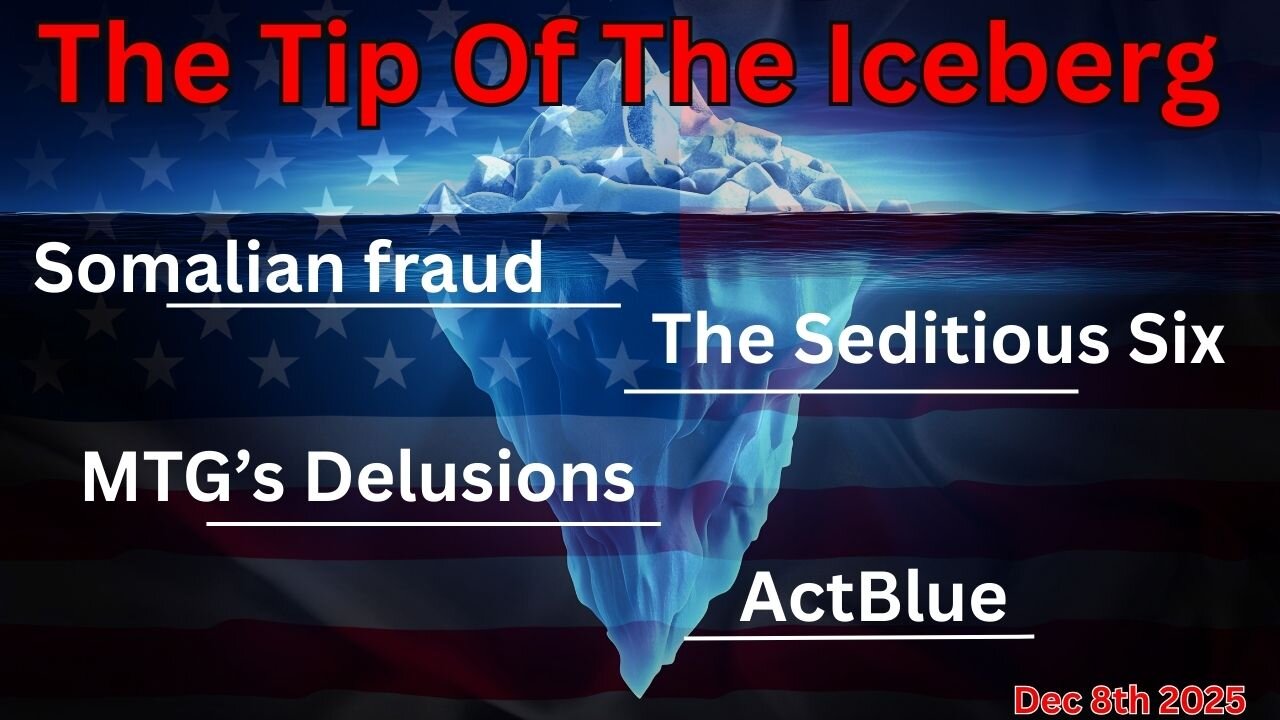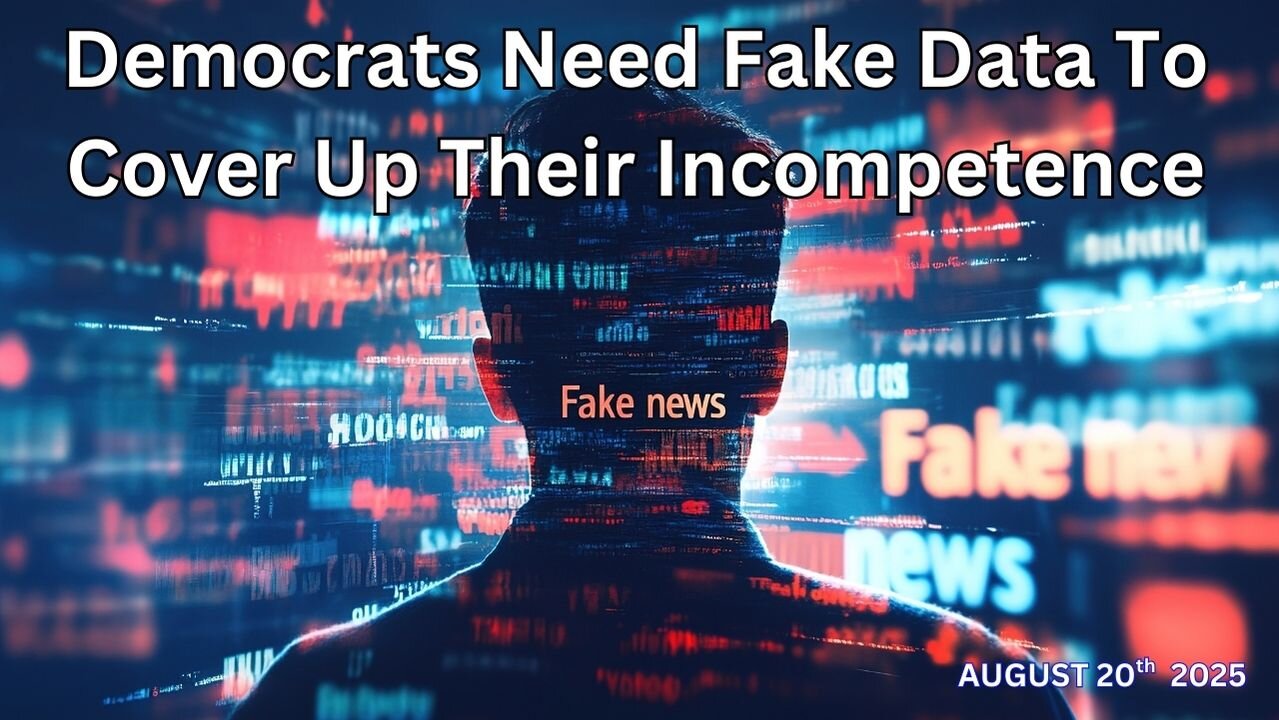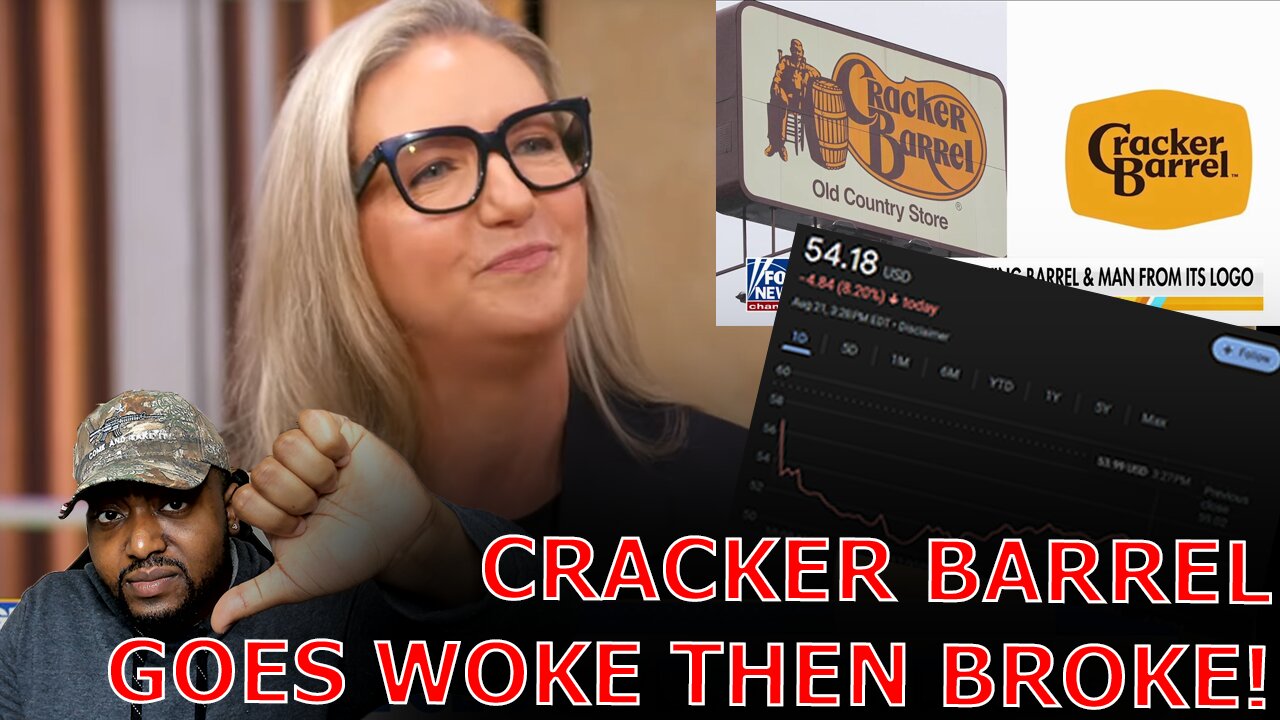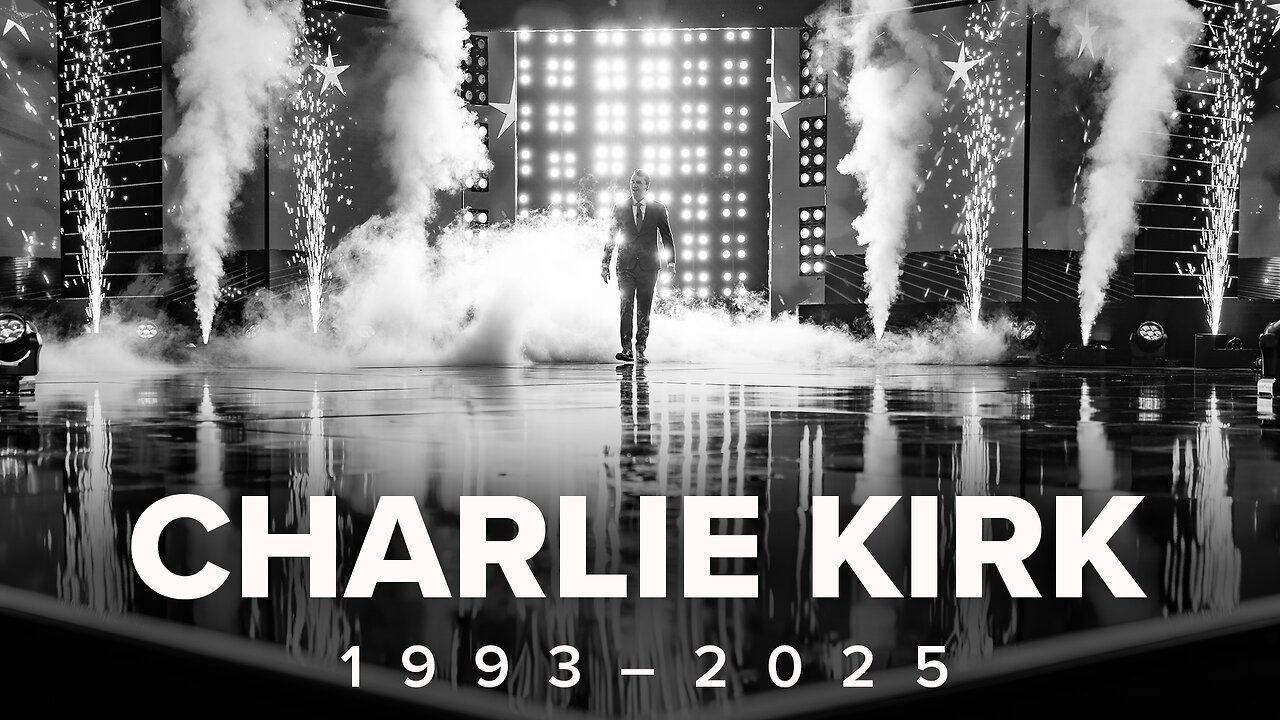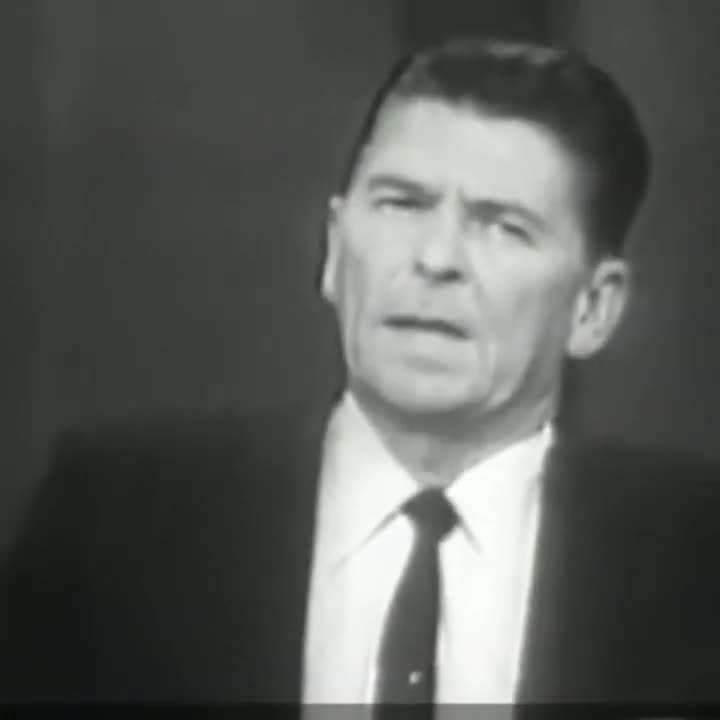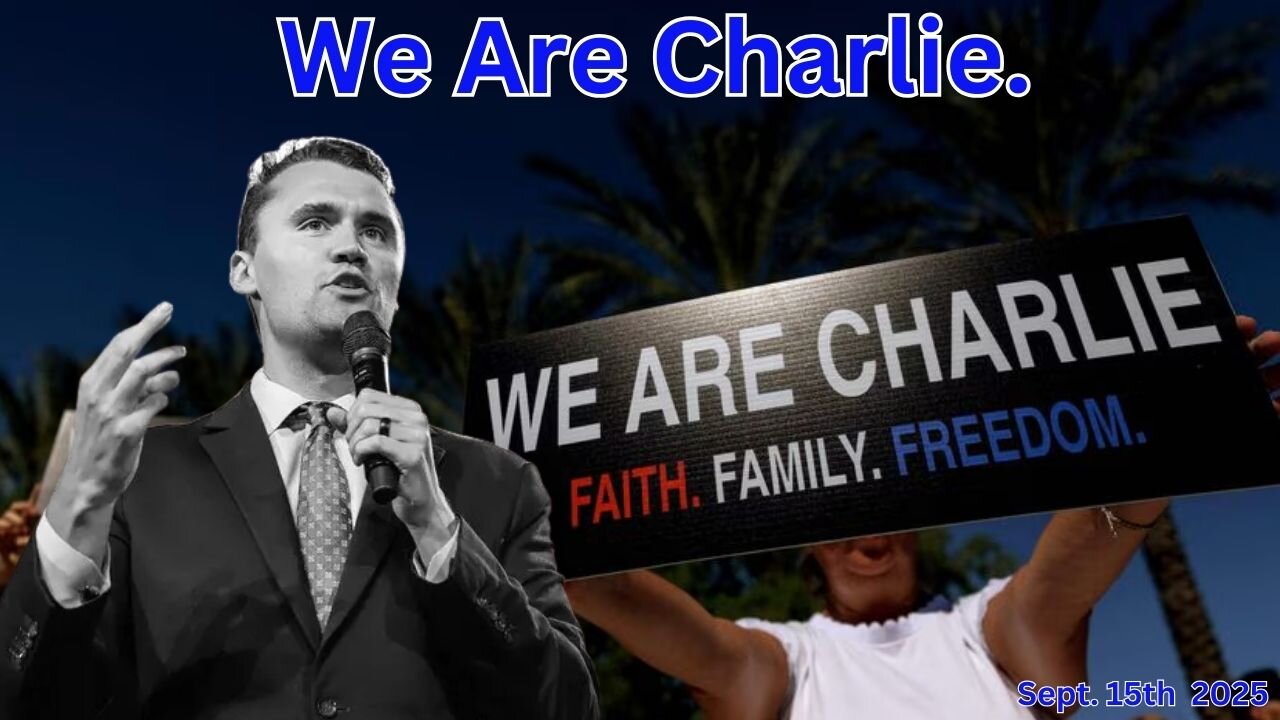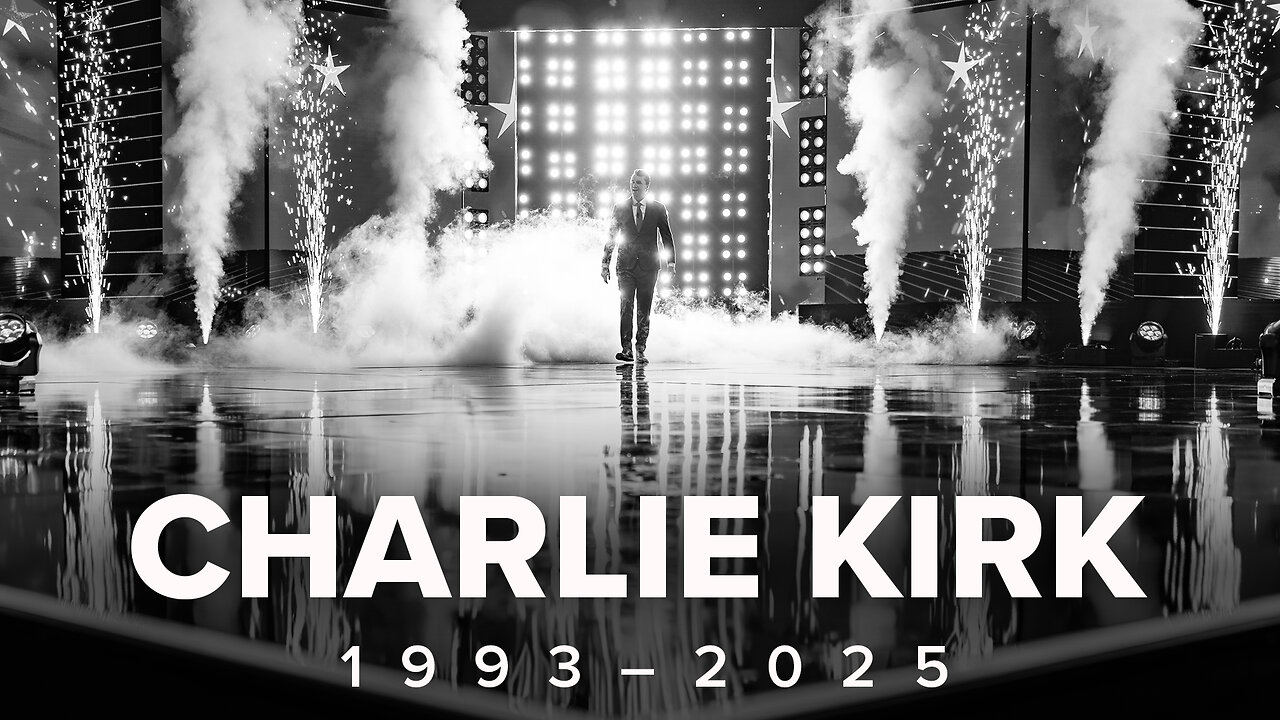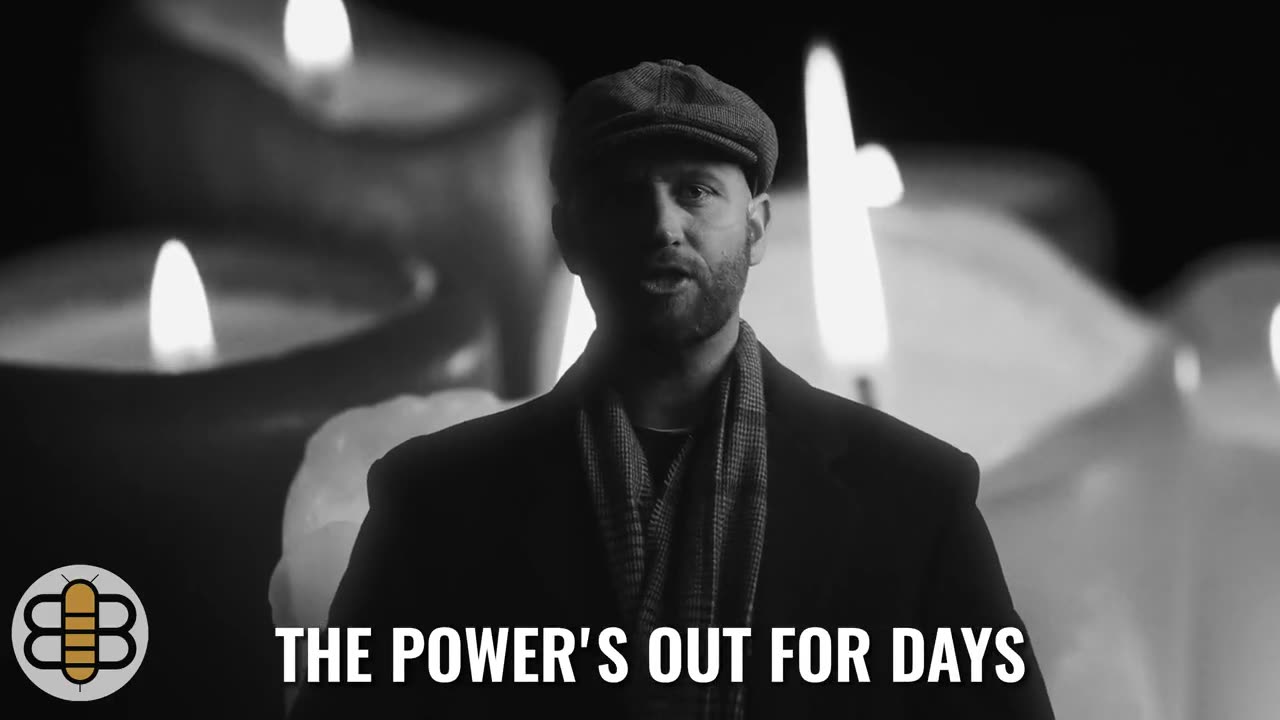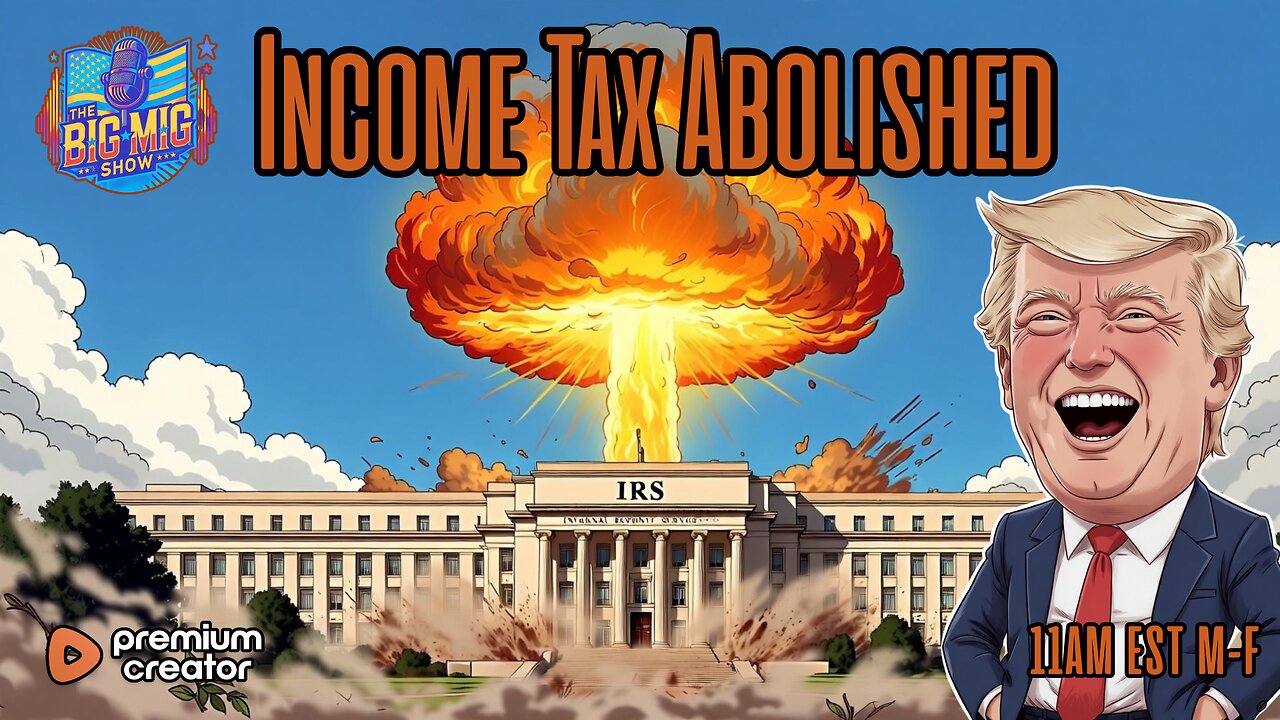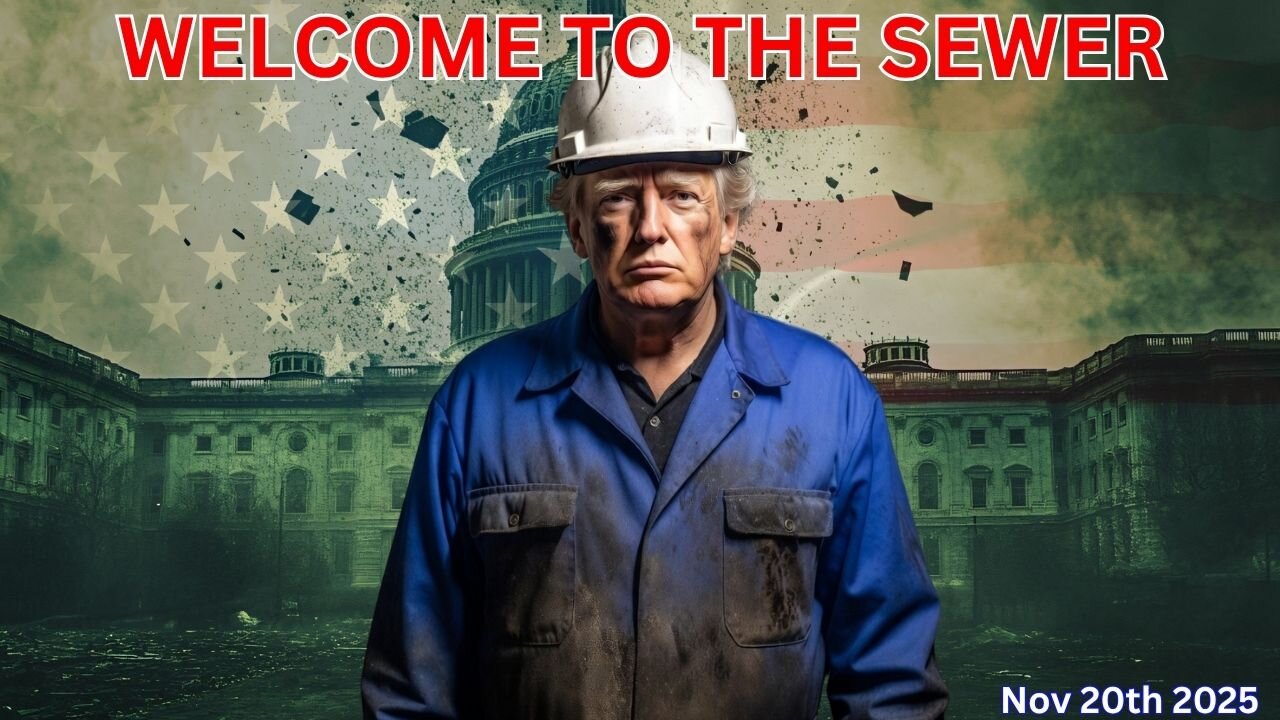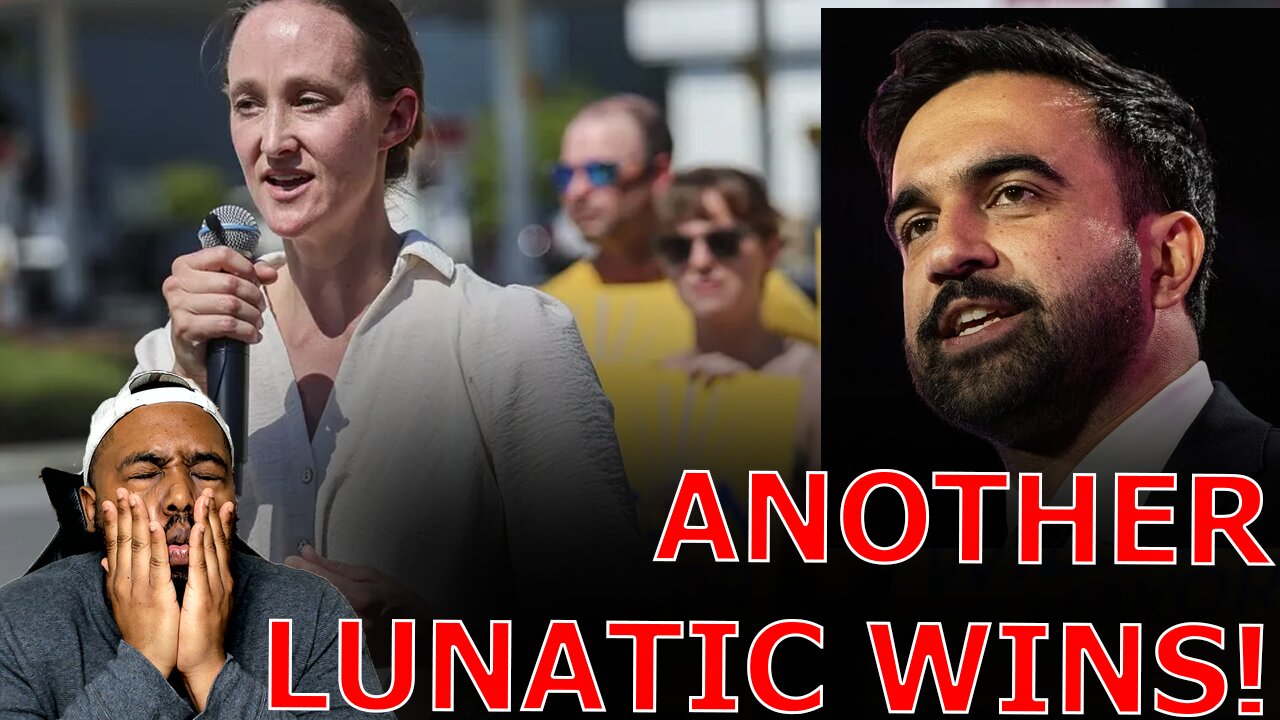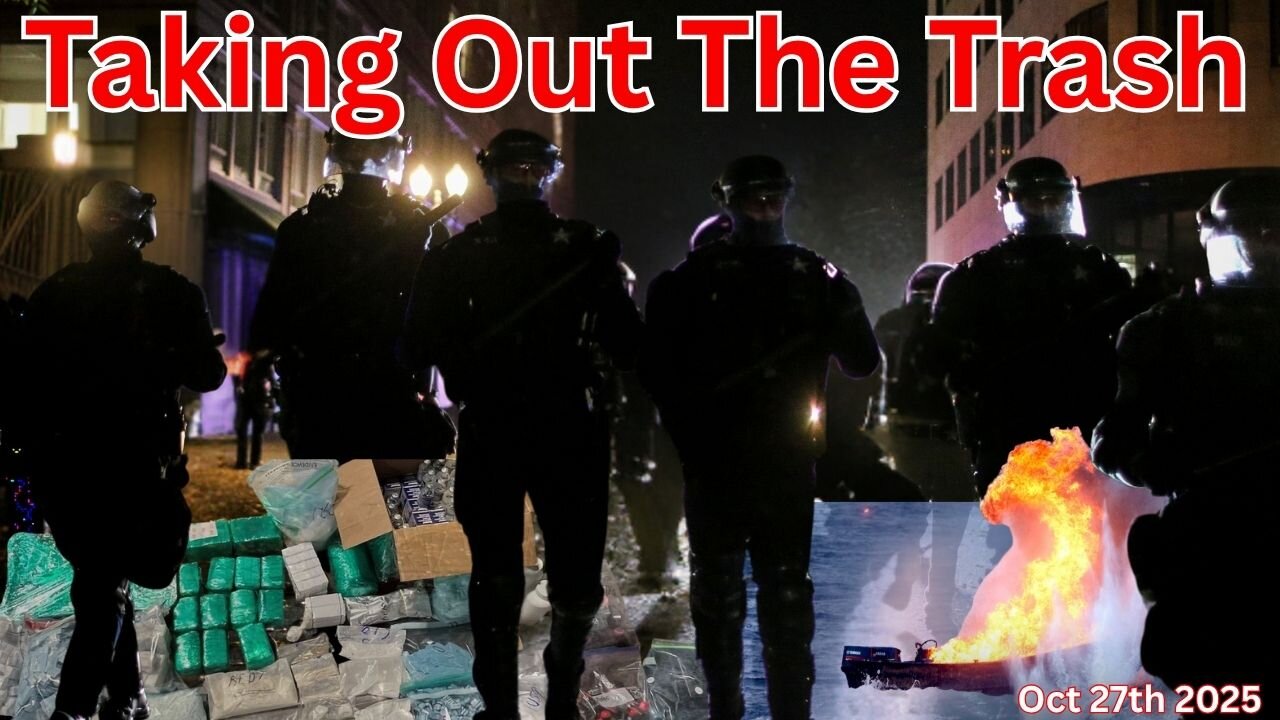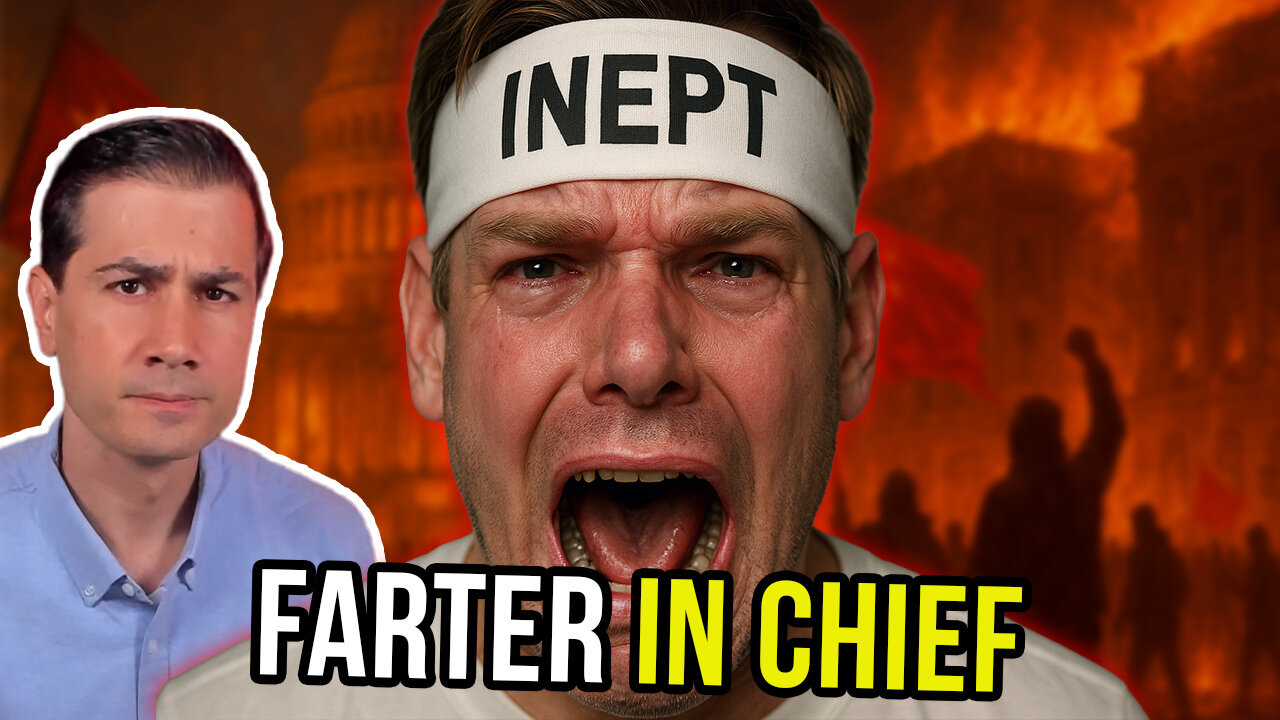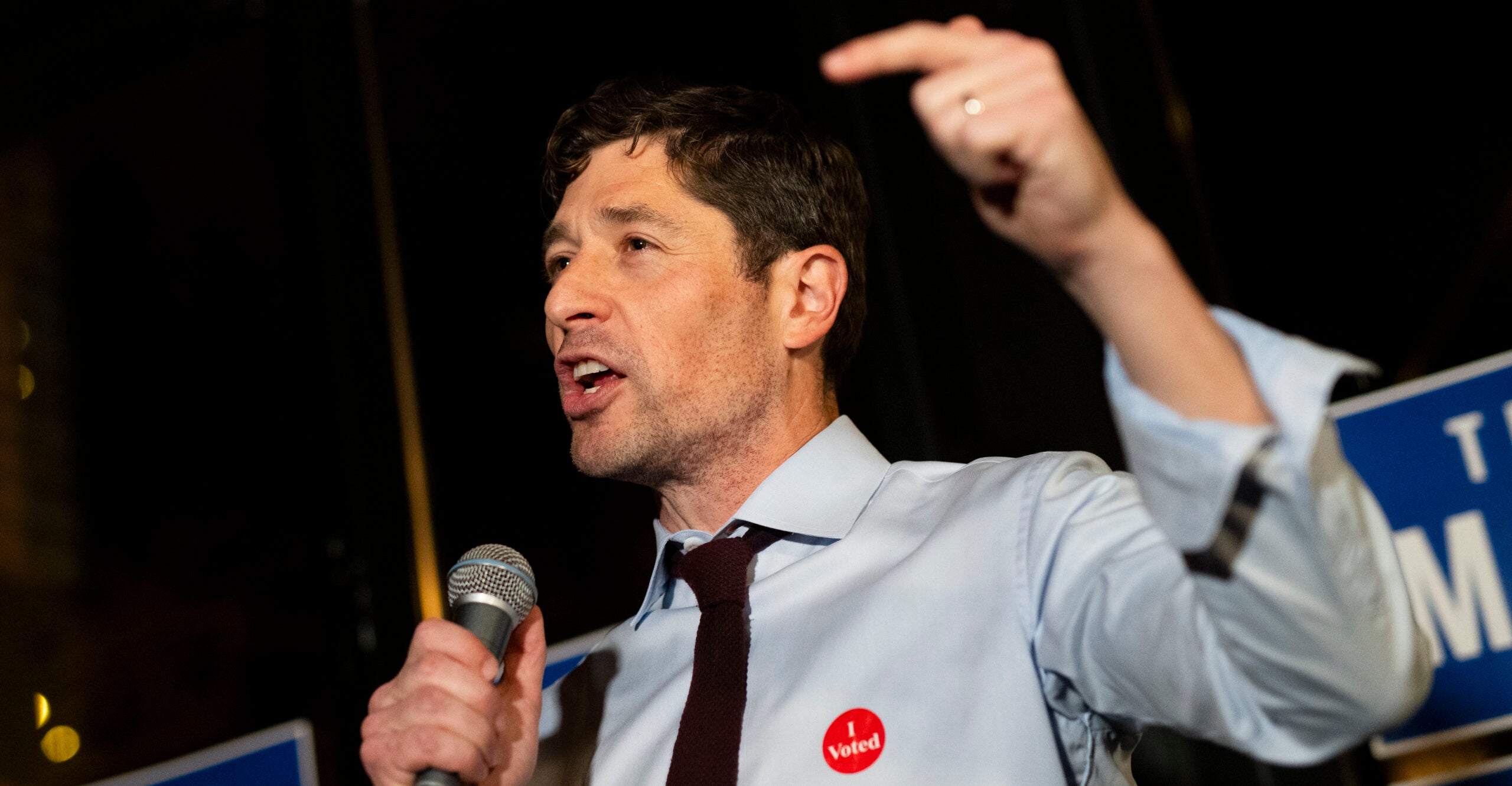The SCC: The Weak Card Propping Up a Regulatory House of Cards

As delegates at the 2025 United Nations Climate Conference in Brazil enter their final week of negotiations, the global climate regime finds itself at a crossroads: Growing rifts between developed and developing nations are colliding with a visible decline in U.S. engagement.
At the heart of discussions are ongoing conversations about regulating greenhouse gas emissions to avert climate change.
One number that has long kept these policies alive is the “social cost of carbon,” or SCC. Defined as the economic damage associated with a ton of carbon dioxide emissions across 300 years, the SCC undergirded energy regulatory policy during both the Obama and Biden administrations.
But any calculation is only as reliable as its underlying assumptions. At The Heritage Foundation’s Center for Data Analysis, we examined both the Obama and Biden administration’s SCC estimates based on their key assumptions. What we found? Minor, reasonable adjustments led to drastically different SCC values—meaning these estimates can be easily manipulated, as both administrations had done for years.
Read Heritage Foundation Analysis about the Obama Administration’s SCC Modeling
Read Additional Heritage Foundation Analysis about the Obama Administration’s SCC Modeling
Cutting CO? emissions is essentially an investment decision, one option among many competing uses of limited resources that could improve future well-being. To judge whether emission cuts are worthwhile, policymakers should compare their expected returns to the returns from alternative investments—a comparison made possible only through proper discounting. Using an unrealistically low discount rate artificially inflates the value of climate benefits and risks diverting resources away from higher-value investments that would leave future generations better off.
The Obama administration intentionally ignored advice from the Office of Management and Budget that required a 7% discount rate to be used in its cost/benefit analysis when determining the SCC. If this intentionally ignored discount rate had been used, the estimated social cost of carbon could decrease by 70% or more, according to Heritage estimates.
Another key assumption in these calculations is the number of years of projected benefits. As noted earlier, the social cost of carbon calculations sum damages over a 300-year time horizon. When George Washington took office, he couldn’t have imagined modern GPS, smartphones, or artificial intelligence. Likewise, we have no way of predicting what society will look like even 50 years from now, let alone 300. But economists relying on these calculations make such projections to skew the cost-benefit analysis towards greater benefits.
Upon re-estimating the benefits of the social cost of carbon using a 150-year time horizon, which is still too long, we found that benefits decline by as much as 20%. Indeed, the largest purported damages due to climate change reported by these models occur even further into the future, consequently ratcheting up the SCC reported by lawmakers.
A third critical assumption in these models is climate sensitivity, i.e., how much the Earth’s temperature will rise in response to carbon dioxide emissions. Most agree that some warming will occur but disagree about the extent of that warming. When different warming scenarios are adjusted to align with observation-based evidence, estimates of the social cost of carbon drop by as much as 70%.
That’s just according to our study of Obama-era models. The Biden administration brought additional SCC models into the picture as an attempt to ratchet up the numbers even further. We examined those models as well, and the story was nothing but the same.
Read Heritage Foundation Analysis about the Biden Administration’s SCC Modeling
Read Additional Heritage Foundation Analysis about the Biden Administration’s SCC Modeling
Our critical analysis of the models was also published in peer-reviewed academic and industry journals and submitted in testimony before congressional committees.
Read Heritage Foundation Peer-Reviewed Research on the SCC
Read Additional Heritage Peer-Reviewed Research on the SCC
Read Kevin Dayaratna’s Congressional Testimony on the SCC
Yet another critical assumption is agricultural productivity. Although viewed by some as a pollutant, carbon dioxide is a fundamental component of photosynthesis and agricultural yield. As a result, under reasonable assumptions about agricultural productivity, the social cost of carbon can even go negative, meaning carbon dioxide emissions could yield net benefits such as longer growing seasons and increased agricultural productivity.
Both the Obama and Biden administrations’ analyses acknowledged the possibility of benefit from carbon dioxide, but their reports conveniently omitted any detailed discussion of it.
At its core, the regulatory regime built around the social cost of carbon restricts Americans’ access to affordable, reliable energy. President Donald Trump recognized this problem immediately, and on his first day in office issued the executive order, “Unleashing American Energy,” which directed federal agencies to fully tap America’s vast energy resources and charged Environmental Protection Agency Administrator Lee Zeldin with re-examining the SCC.
Several months later, Zeldin, in consultation with Office of Information and Regulatory Affairs, instructed agencies to use the SCC only when their governing statute explicitly requires doing so, and to otherwise minimize or eliminate its use. Zeldin’s guidance is an important step toward restoring regulatory discipline and preventing agencies from imposing costly, unjustified climate assumptions on the economy.
Nevertheless, state and foreign policymakers may still try to lean on the social cost of carbon. They shouldn’t.
The SCC’s defenders use seemingly complex and sophisticated models as cover to push their preferred energy agenda—hoping no one looks closely enough to see how flimsy the underlying assumptions really are.
Although the SCC is based on an interesting class of statistical models, the assumptions used to generate it can be manipulated to give lawmakers virtually any estimate of the social cost of carbon, thereby predicting essentially anything, ranging from little warming and continued prosperity to catastrophic warming and immense disaster.
Statistical models can indeed shape public policy. But their authority is predicated entirely on the assumptions on which they are based. When those assumptions are stretched, selectively chosen, or hidden, the entire structure becomes a house of cards—appearing solid until the slightest scrutiny makes it collapse.
The SCC is precisely such a construction: a sophisticated mirage built on malleable inputs that can be tuned to justify almost any outcome, including inflated claims of future harm. Policymakers who rely on it aren’t relying on science; they’re relying on a model whose outputs can be engineered to block access to the affordable, reliable energy Americans depend on. In the case of the SCC, what looks like rigor is really just a carefully crafted illusion.
The post The SCC: The Weak Card Propping Up a Regulatory House of Cards appeared first on The Daily Signal.
Originally Published at Daily Wire, Daily Signal, or The Blaze
What's Your Reaction?
 Like
0
Like
0
 Dislike
0
Dislike
0
 Love
0
Love
0
 Funny
0
Funny
0
 Angry
0
Angry
0
 Sad
0
Sad
0
 Wow
0
Wow
0








